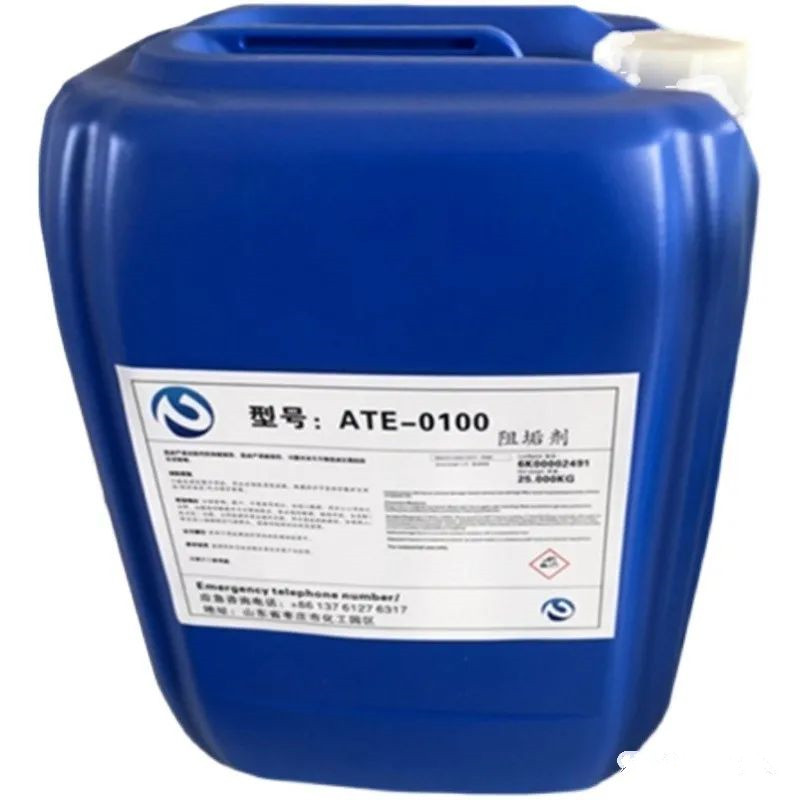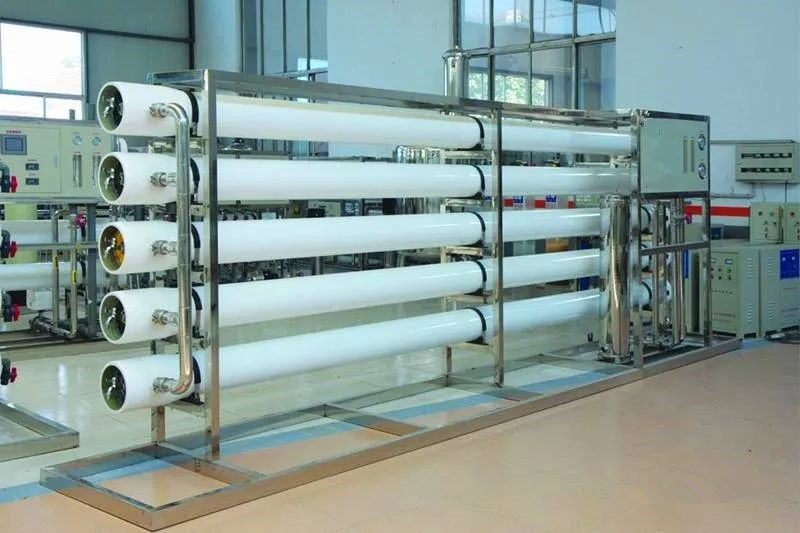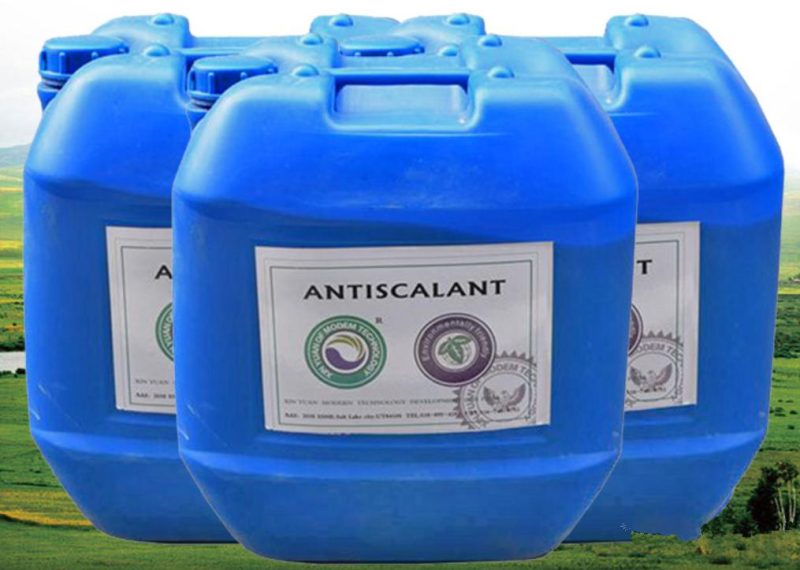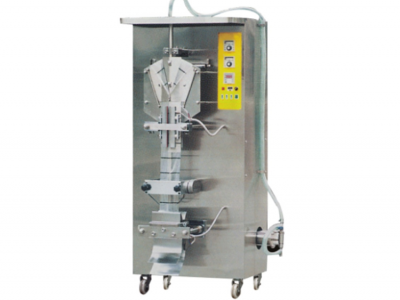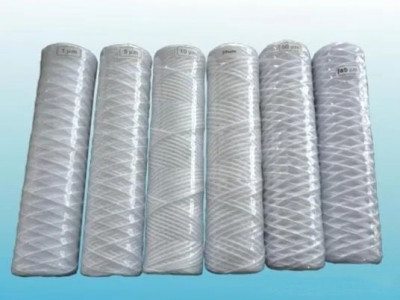Reverse osmosis membrane is the key equipment of the reverse osmosis system, the system for a long time in continuous operation, calcium and magnesium plasma in the water will continue to precipitate and adhere to the surface of the reverse osmosis membrane, and the formation of scaling blocking the membrane pores, which will affect the efficiency of the reverse osmosis system water, damage the reverse osmosis membrane.
Because the reverse osmosis membrane is more expensive, in the operation of the system, to add a dosing system, a water treatment machine in the water with reverse osmosis scale inhibitor to delay the precipitation of calcium and magnesium ions and membrane surface fouling.
Reverse osmosis antiscalant is specially used for reverse osmosis (RO) system and nanofiltration (NF) and ultrafiltration (UF) system antiscalants, can prevent membrane surface fouling, can improve water production and water quality, and reduce operating costs.
Features
① Effective control of inorganic fouling in a wide concentration range
② Does not coalesce with iron and aluminum oxides and silicon compounds to form insoluble substances
③ Effectively inhibits the aggregation and deposition of silicon, and the concentration of SiO2 on the concentrated water side can reach 290 ppm
④ Can be used in reverse osmosis CA and TFC membranes, nanofiltration membranes, and ultrafiltration membranes
⑤ Excellent solubility and stability
⑥ Effective in feed water pH range of 5-10
The basic role of reverse osmosis antiscalant
① Complex and solubilization role: reverse osmosis antiscalant dissolved in water ionization, the generation of negatively charged molecular chain, it and Ca2 to form a water-soluble complex or chelate, so that the solubility of inorganic salts increased, to play the role of scale inhibition.
② Lattice distortion: some functional groups in the molecule of reverse osmosis antiscalant occupy a certain position on the inorganic salt nuclei or microcrystals, which hinders and destroys the normal growth of inorganic salt crystals and slows down the growth rate of crystals, thus reducing the formation of salt scale;
③ electrostatic repulsive effect: reverse osmosis antiscalant dissolved in water adsorbed on the microcrystals of inorganic salts, so that the repulsive force between particles increases, hindering their agglomeration, so that they are in a good state of dispersion, thus preventing or reducing the formation of scale.
④ Reverse osmosis antiscalant function type and application reverse osmosis scale inhibitor is used for reverse osmosis and nanofiltration system performance improvement
⑤ antiscalant and dispersants are a series of chemicals used to stop the precipitation of crystalline mineral salts and scale formation.
Antiscalant function
⑴, Inhibit precipitation function in the system with antiscalant easy structure components of the anion and cation and anion precipitation when the ion product value is much larger than the critical precipitation ion product value when there is no antiscalant
⑵, Dispersion functions in the presence of antiscalant because the particles precipitated by the small particle size are more difficult to coalesce than when there is no antiscalant precipitated particles difficult to sink.
⑶, Lattice deformation effect in the system with antiscalant precipitated crystals have spherical, polyhedral, snowflake and other indefinite state are generally considered indefinite crystal is in the crystal growth process scale inhibitor adsorbed in the crystal growth point so that the growth rate of its surface drops sharply to grow crystals different from the original shape of the crystal.
⑷, Low limit effect antiscalant dosage is equivalent to the water scaling components much lower can also show the scale inhibition effect.
